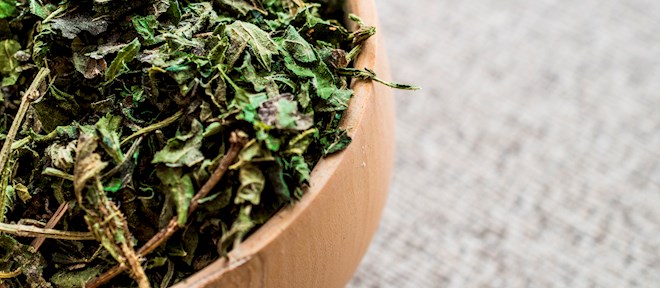Molo
Kenya
What to eat in Molo?

Originally from Molo
Mau Forest Dried Nettles
In the Kenyan Mau forest, generations of native communities have gathered herbs and leaves, including nettles, which are a staple in Kenyan cuisine, available even during droughts. The nettles are grown in the Molo highlands at an altitude between 2000 and 3000 meters. They are manually harvested... Read more
Molo Mushunu Chicken
Native to the Kenyan district of Molo, and a staple of the local diet, Molo mushunu chicken is an unusual-looking bird that has been traditionally raised for many generations by the local Kikuyu community. This slow-growing, free-range bird has no feathers on the head and neck, while its... Read more
Most popular regional products
Pokot Ash Yogurt
In Kenya’s region of western Pokot, village communities have produced an unusual dairy product for generations – a yogurt made from cow’s or goat’s milk, combined with the ashes of the native tree known as cromwo. Raw milk ferments inside dried hollow gourds, and the ash i... Read more
Ogiek Honey
Spending their days in the Mau forest and other forests near Mount Elgon, the Ogiek people are one of the oldest tribes of Kenya whose life is based on natural resources from the forest. Their main activity is beekeeping, but some tribe members also raise animals and grow crops. In order to colle... Read more
Molo Sheep
Molo sheep is white with a thick coat, a small and stocky body, short legs, and a long tail. In the Kenyan county of Nakuru, Molo sheep has been bred since the beginning of the 20th century. It comes from three British breeds – Romney Marsh, Corriadale, and Hampshire D... Read more

